- Antipasti
- Bella Italia
- Dessert
- Drinks
- Favorite Italian recipes
- Main courses
- Pasta
- Pizza
- Side dishes and salad
- Tips & Knowledge
Pasta school 3: Make your own Ligurian trofie
Once you have prepared the dough, all you need for Trofie is a knife, a rough surface (wooden board), a drying surface for the pasta and patience...
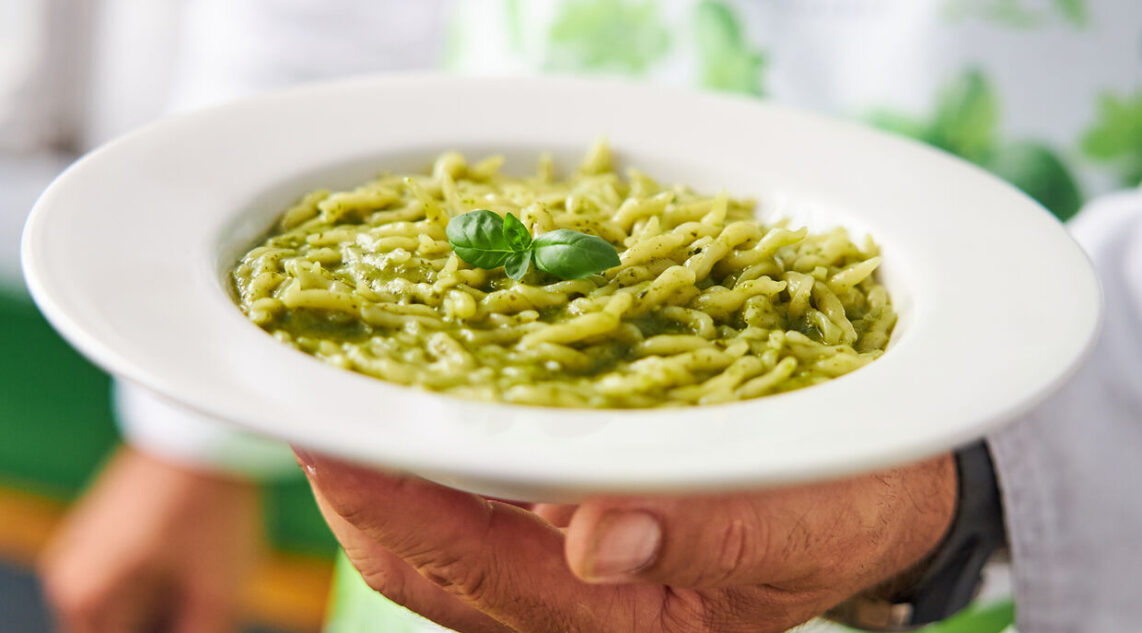
Make your own trofie
Making your own trofie is the third lesson in the pasta school. In our pasta school, we stick to pasta dough without egg and continue to do without a pasta machine. Use durum wheat semolina flour ( semola rimacinata in Italian) for the pasta dough. A little water is all you need. You need 200-250 ml of water for 400 g of durum wheat flour. Only if you want to make colorful pasta can you replace the water with beetroot juice, spinach water or similar.
Trofie are – in our experience – more difficult to make than orecchiette. It takes a while to get the proverbial hang of it.
Accessories for making your own trofie
Once you have prepared the dough, all you need for Trofie is a knife, a rough surface (wooden board), a drying surface for the pasta and patience (image no. 1). You can use a plant spray bottle or similar to moisten your hands. If you have the option of storing the pasta near the heating or boiler overnight, all the better. Good pasta manufacturers leave their pasta to dry for 72 hours at approx. 36°C. However, this pasta is then ready for packaging. You want to eat your homemade pasta the next day, so it doesn’t need to dry for so long.
Make your own trofie – here’s how
As with the orecchiette, cut off a piece about the size of a chicken egg, wrap the remaining dough in an airtight bag and roll the small piece of dough into a roll about the thickness of a little finger (image no. 2). If your hands are too dry after a while, give them a few squirts from the plant spray bottle.
Use the knife to cut approx. 1 cm wide pieces from the roll (image no. 3).
Roll each individual piece with the palm of your hand on the board into a thin roll approx. 5 mm thick (image no. 4). Now comes the difficult step: place the roll vertically on the board, place the edge of your hand on the upper end and pull your hand towards you (image no. 5). The dough roll should curl up slightly behind the edge of your hand and form a twisted shape. Don’t give up if you don’t succeed with the first trofie! The resulting noodles are about a hand’s width long (image no. 6). You can cut them in half or thirds with a knife, as the original trofie from Liguria are only 2-4 cm long. Good luck!
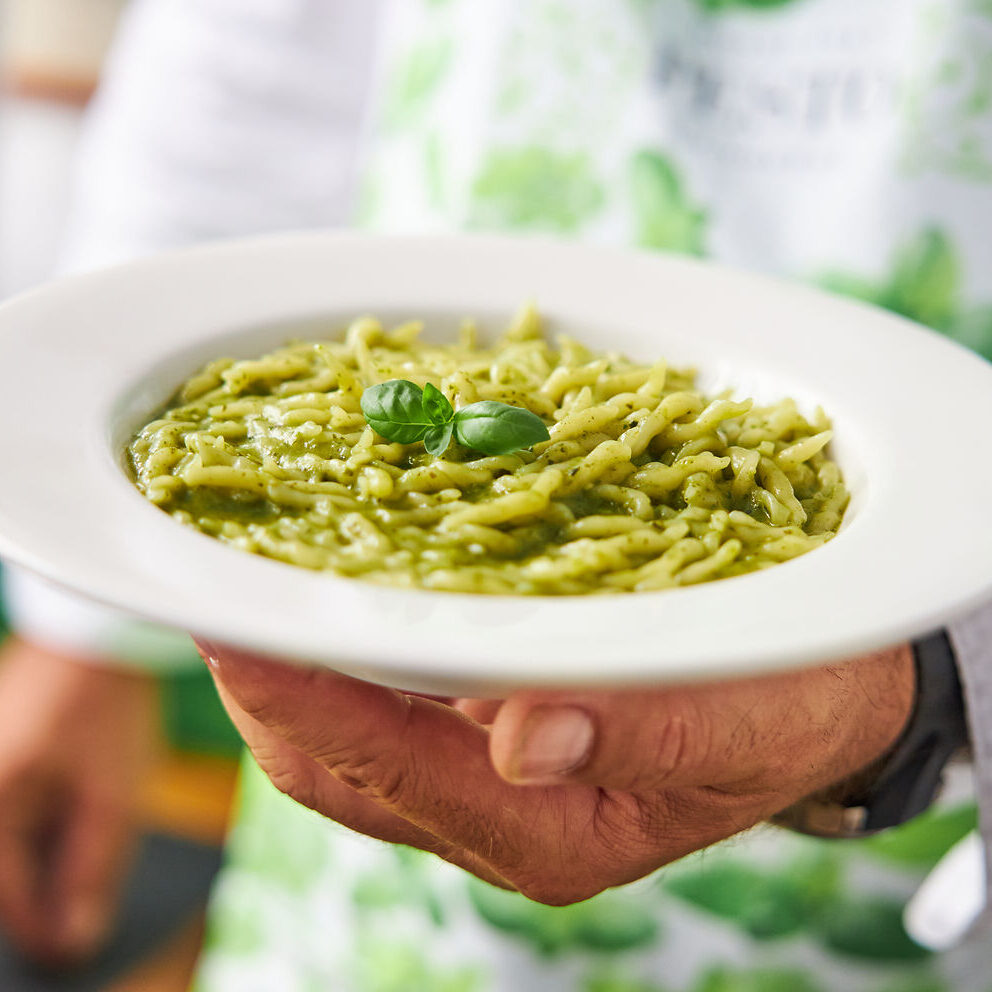
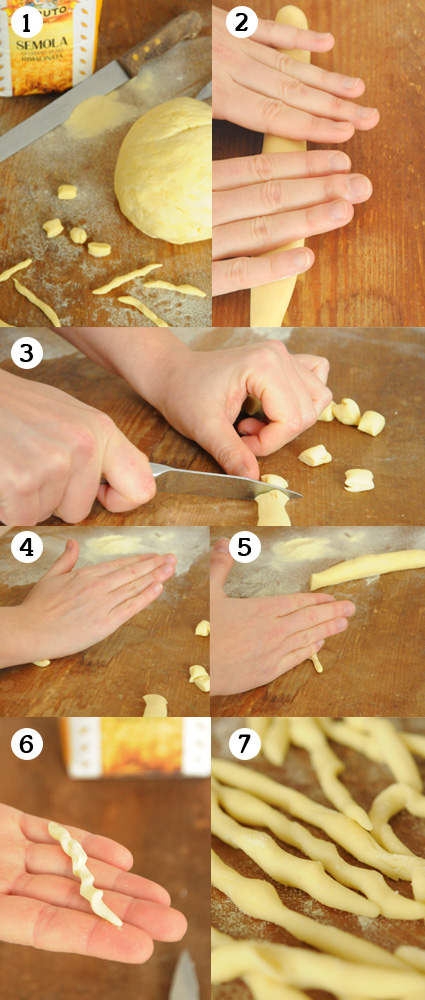
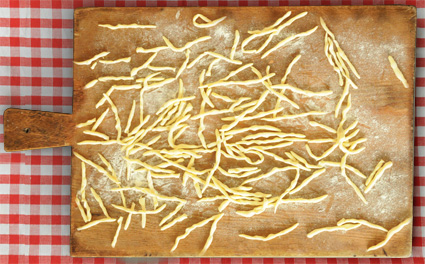
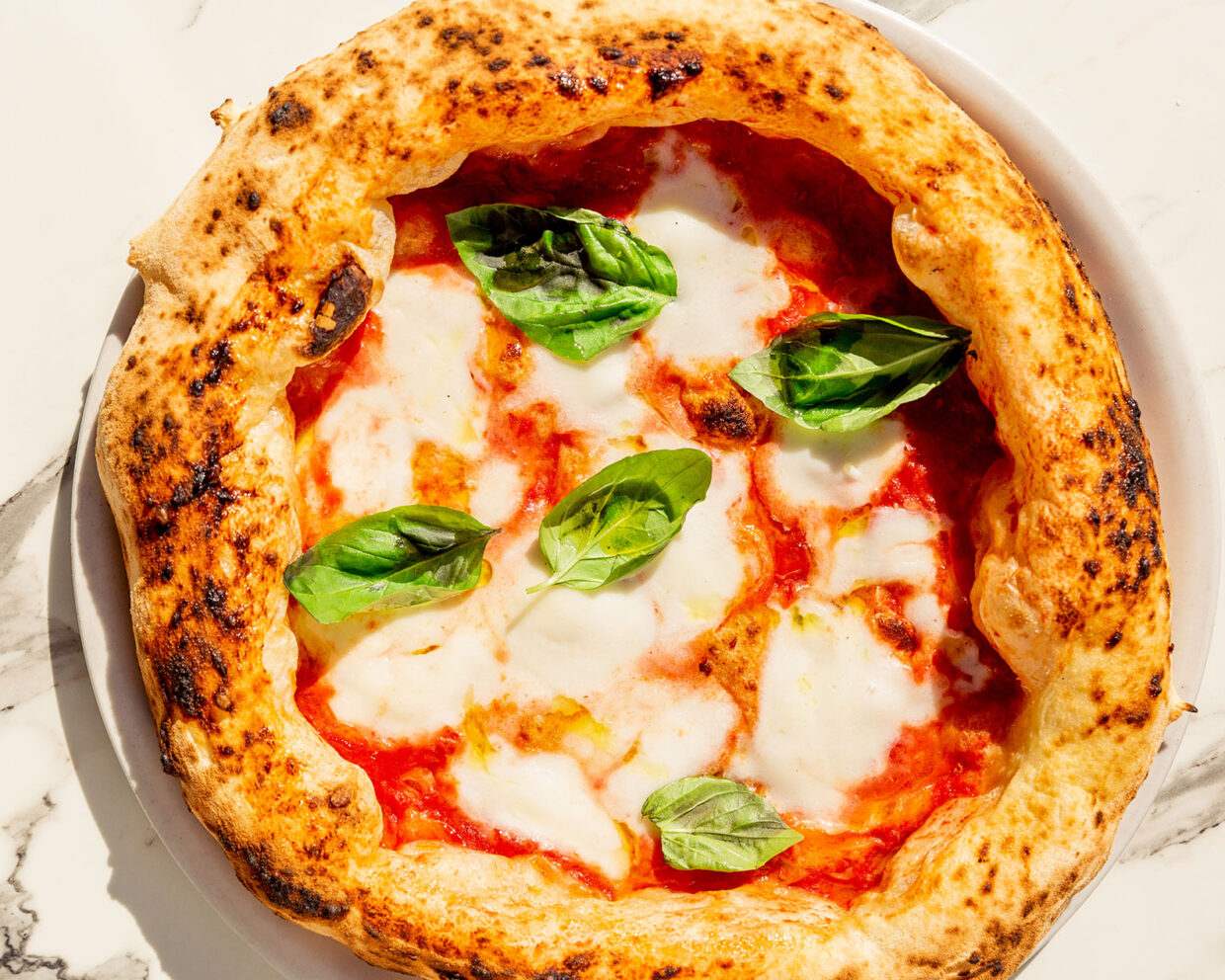
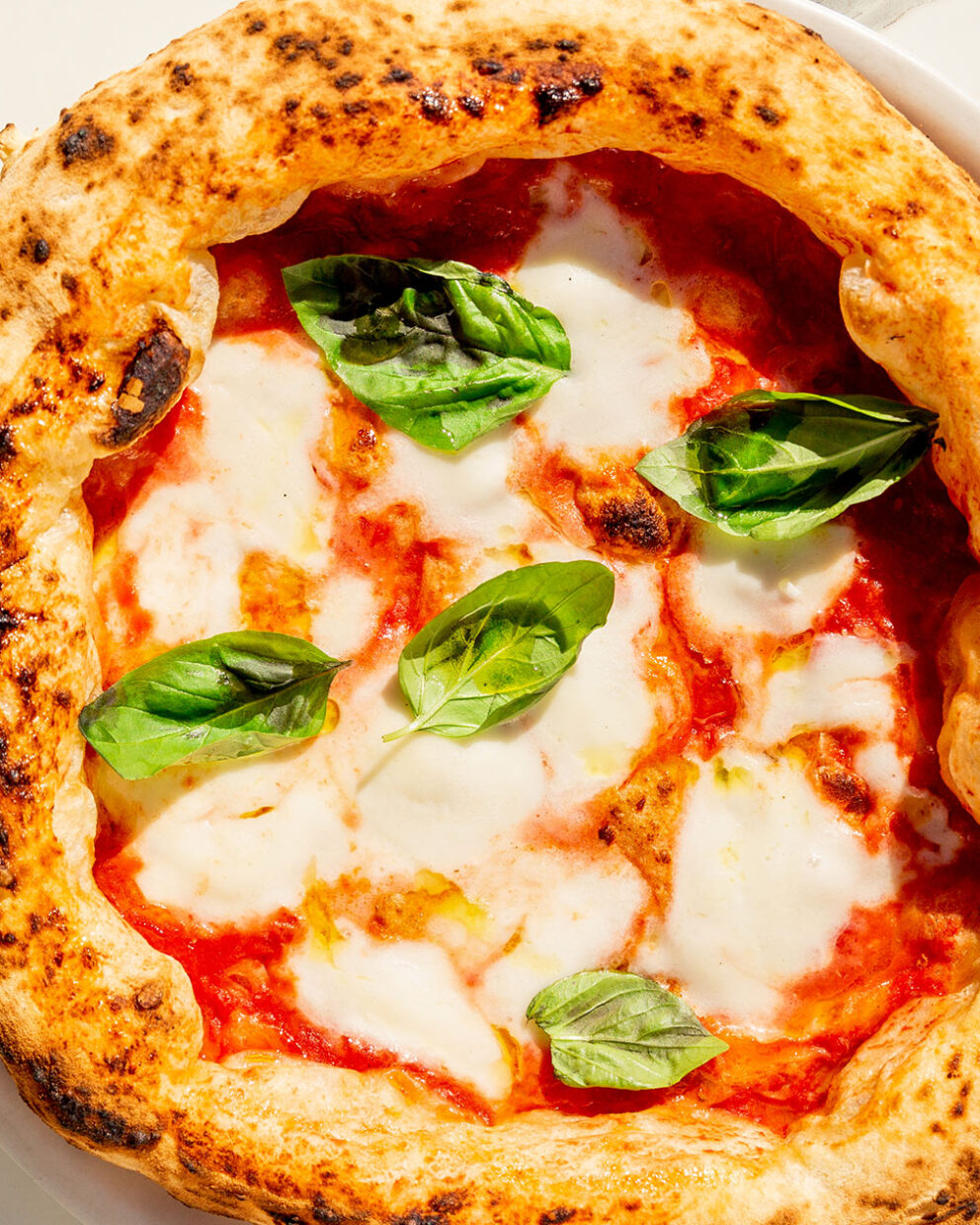
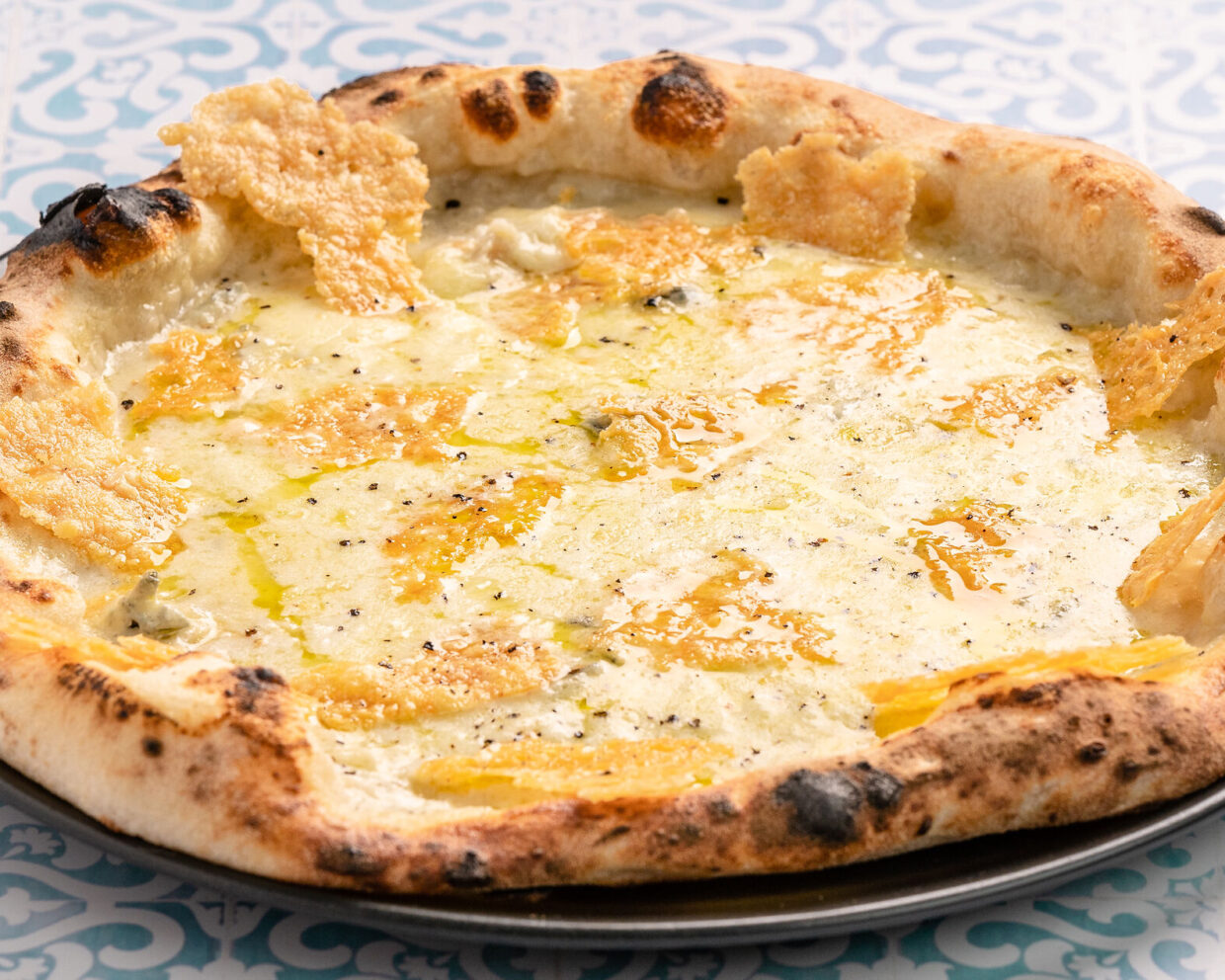
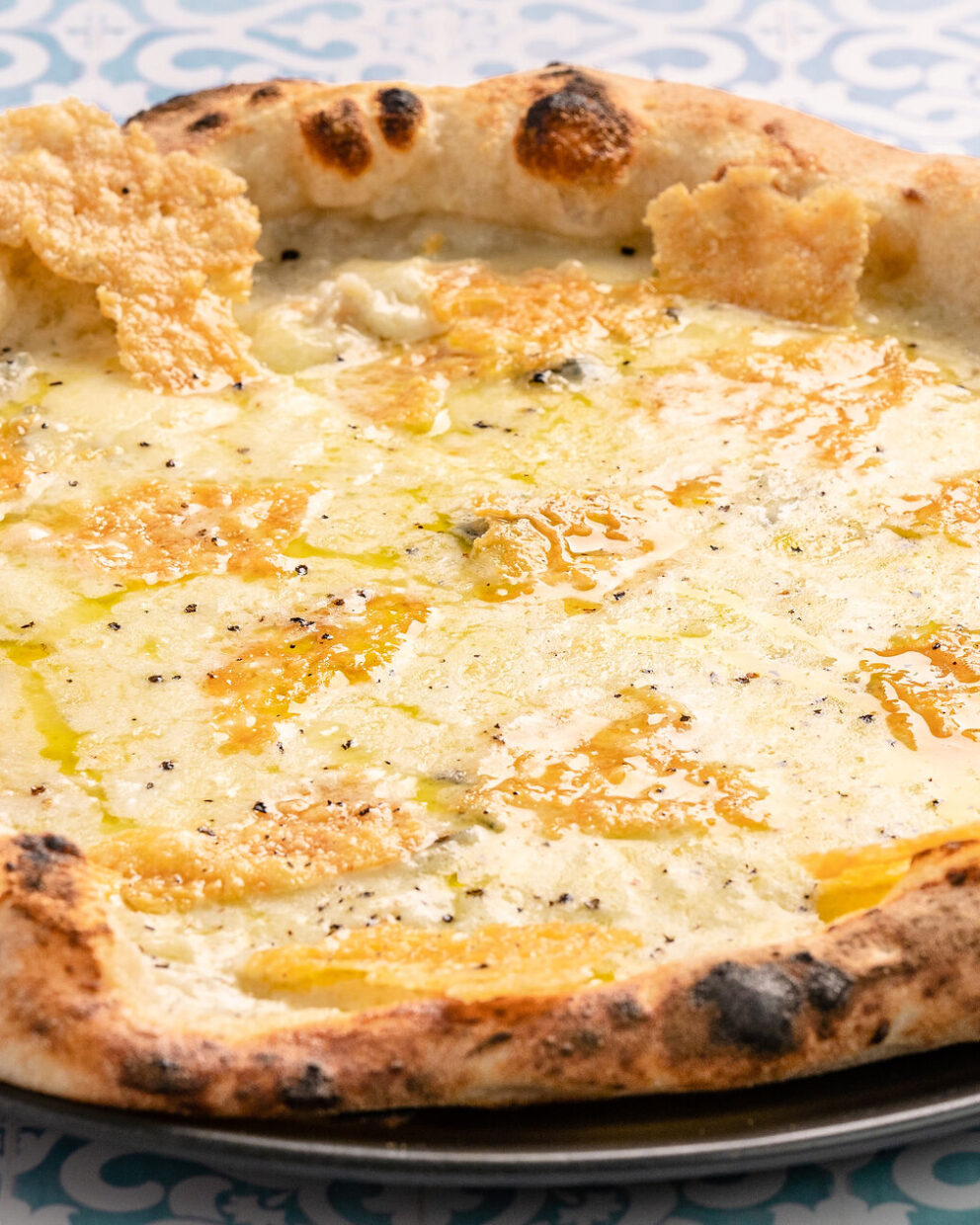
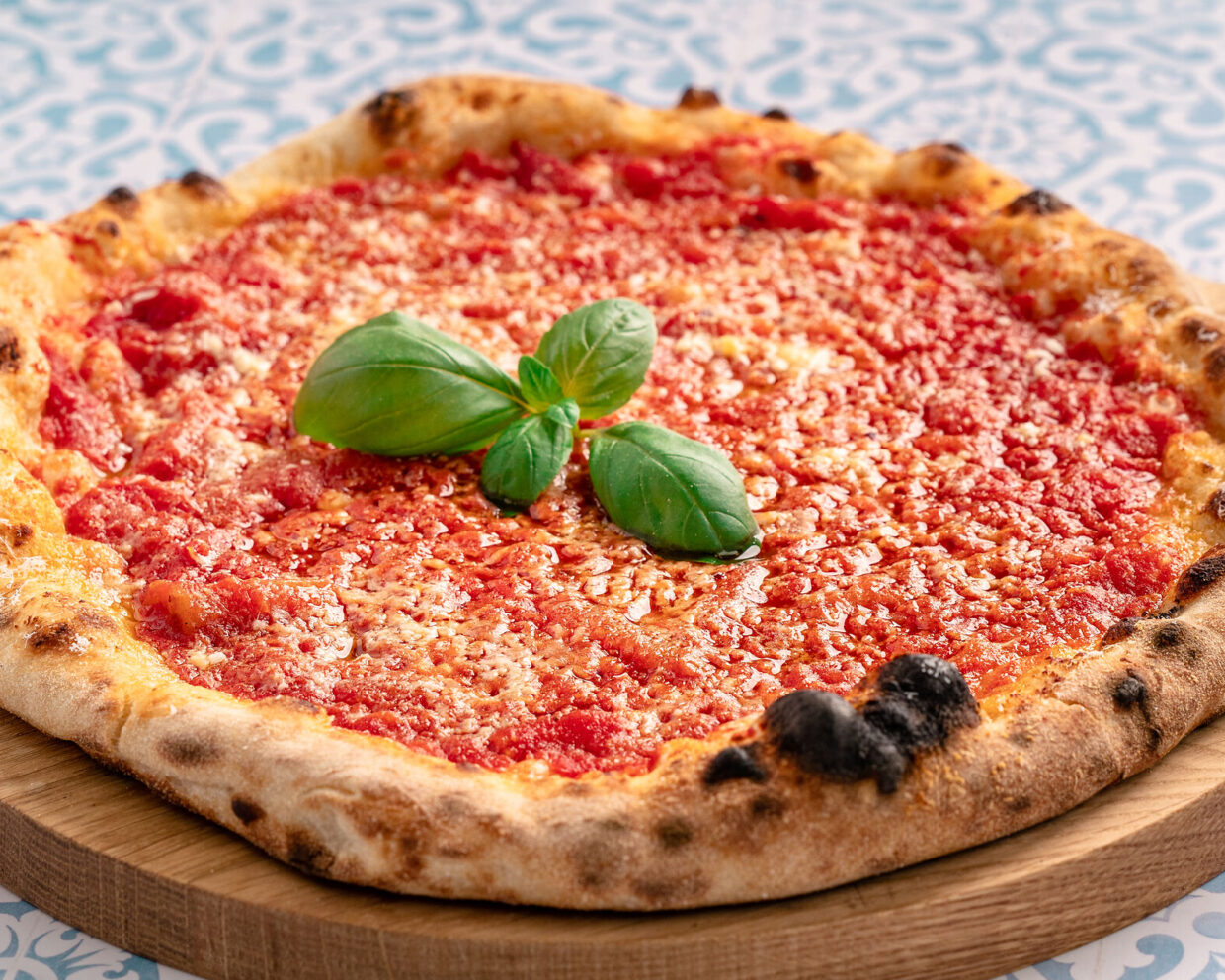

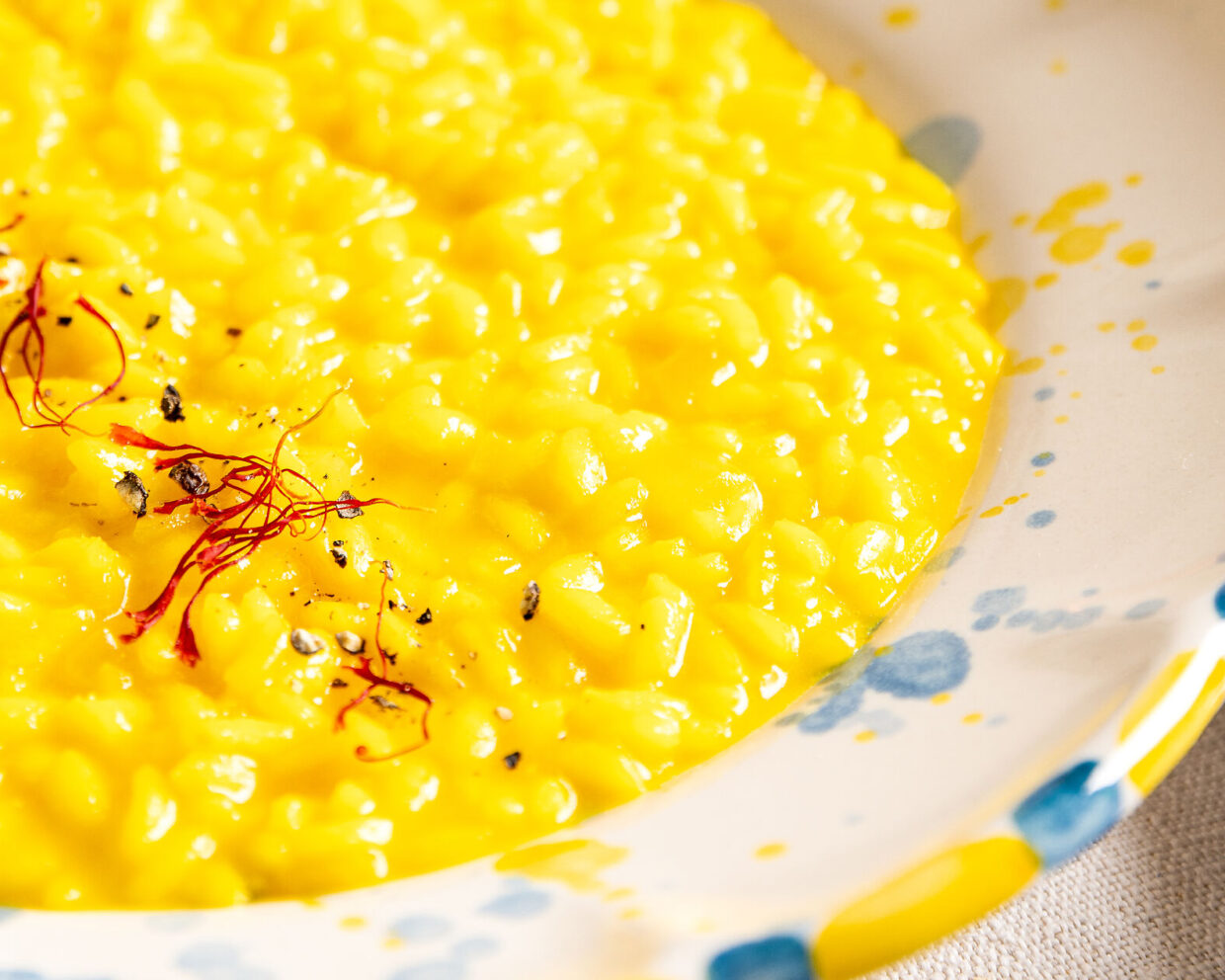
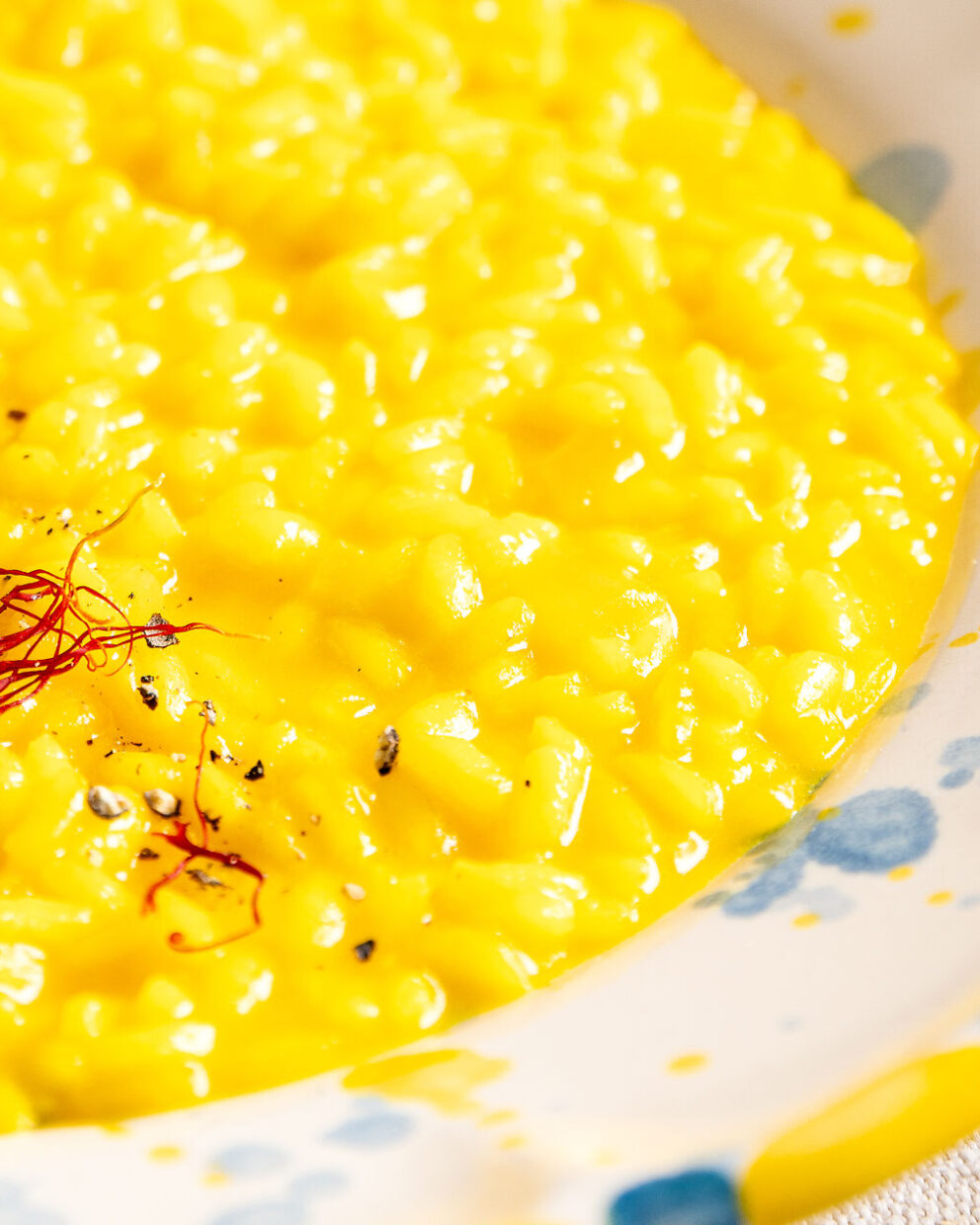
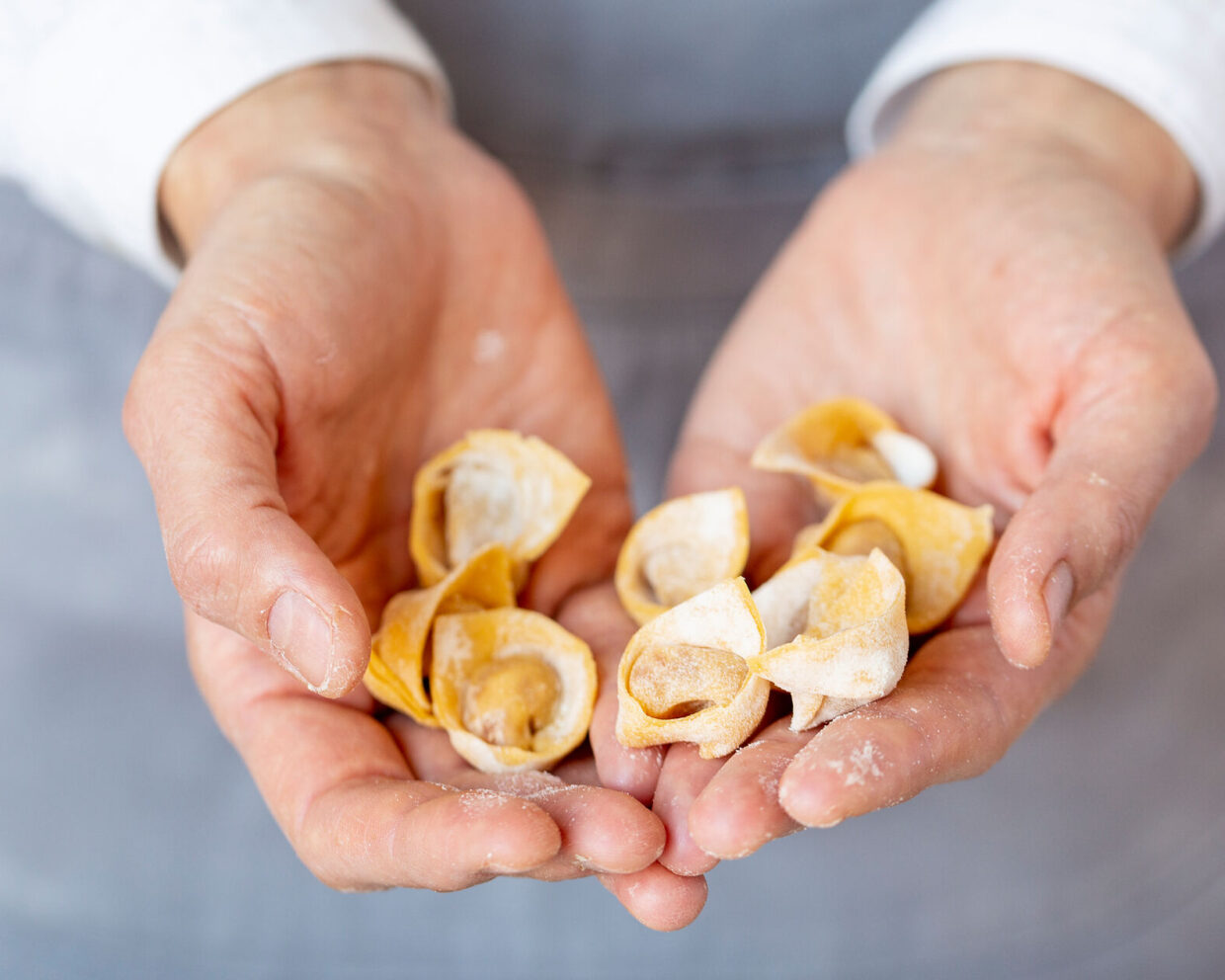
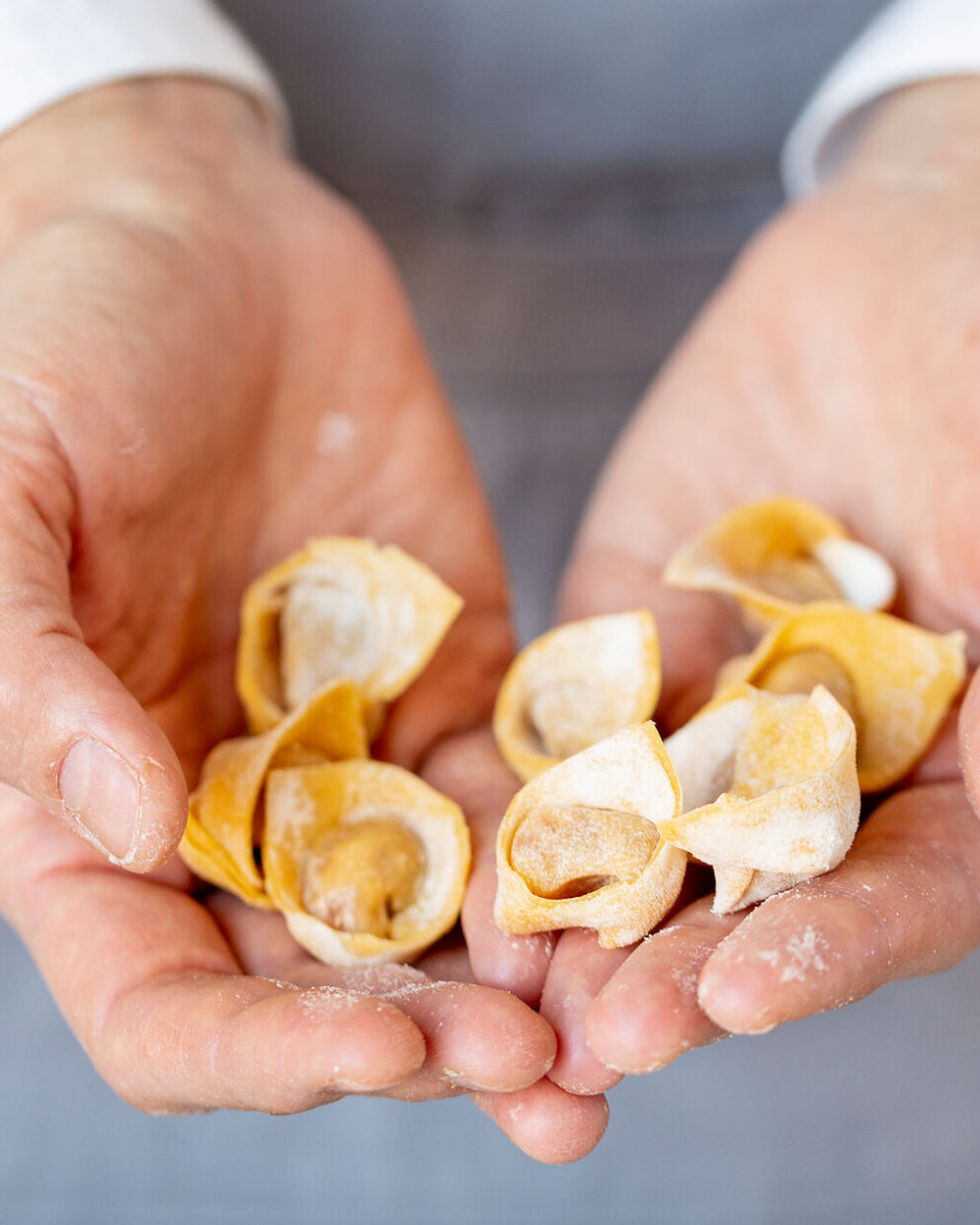
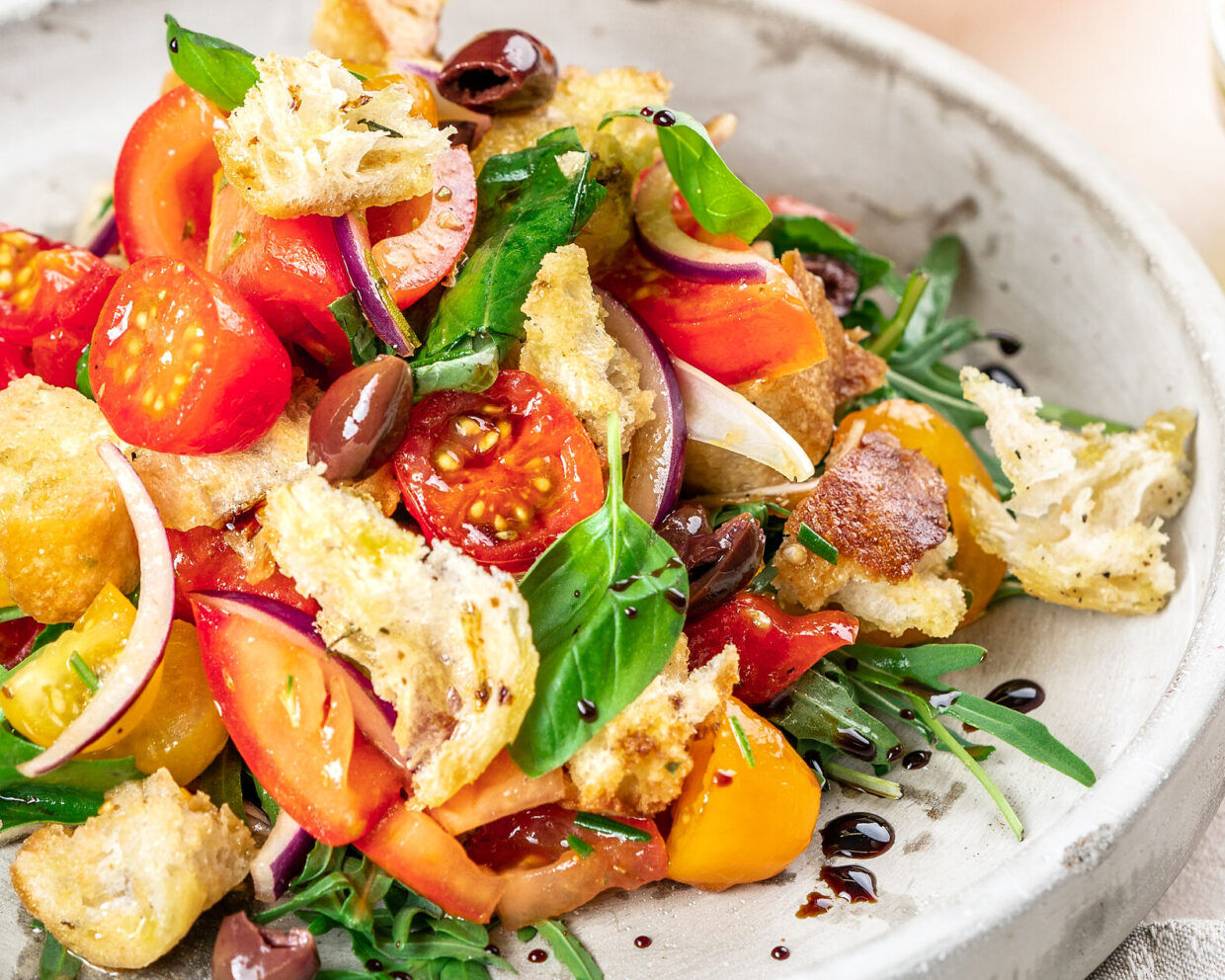
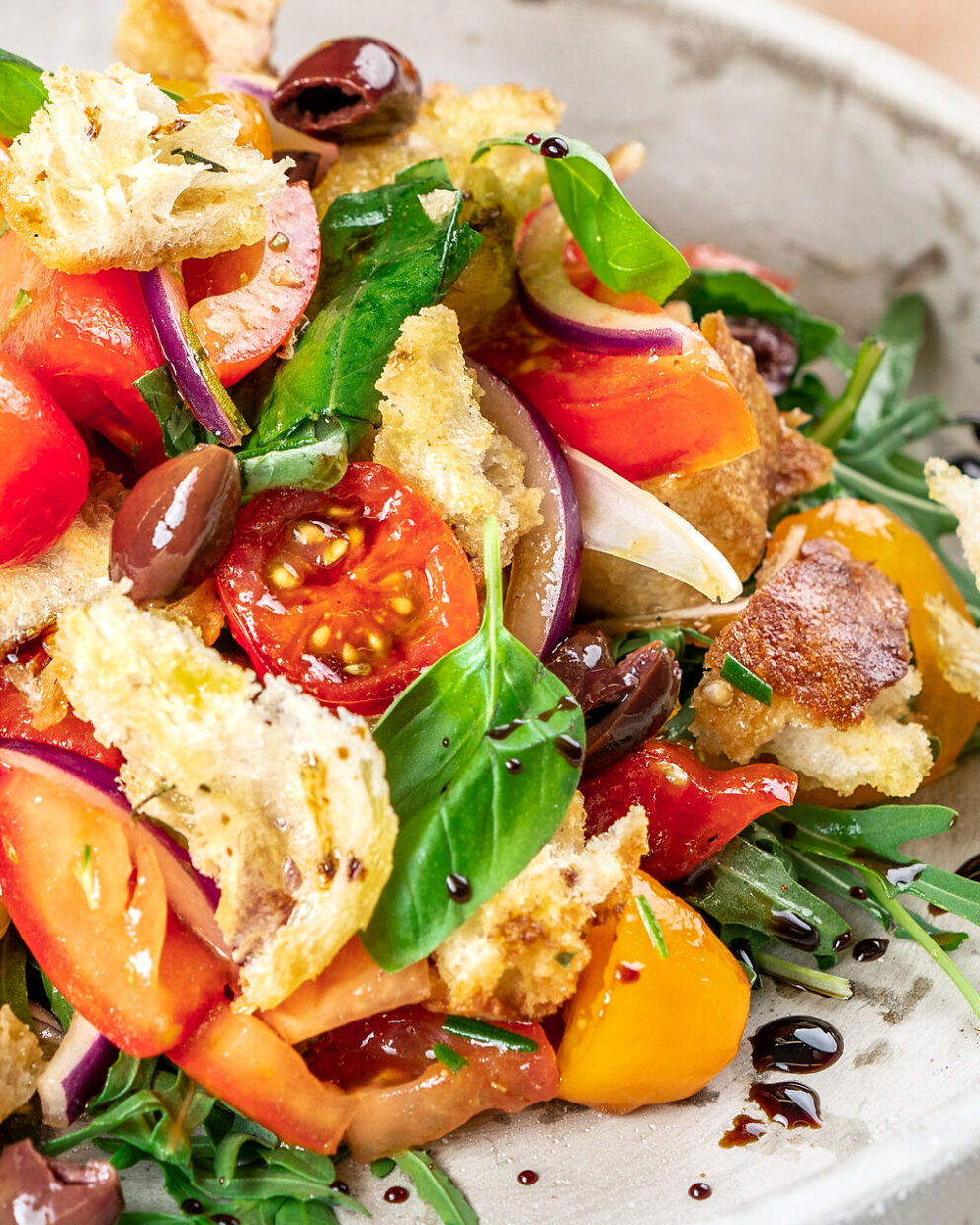
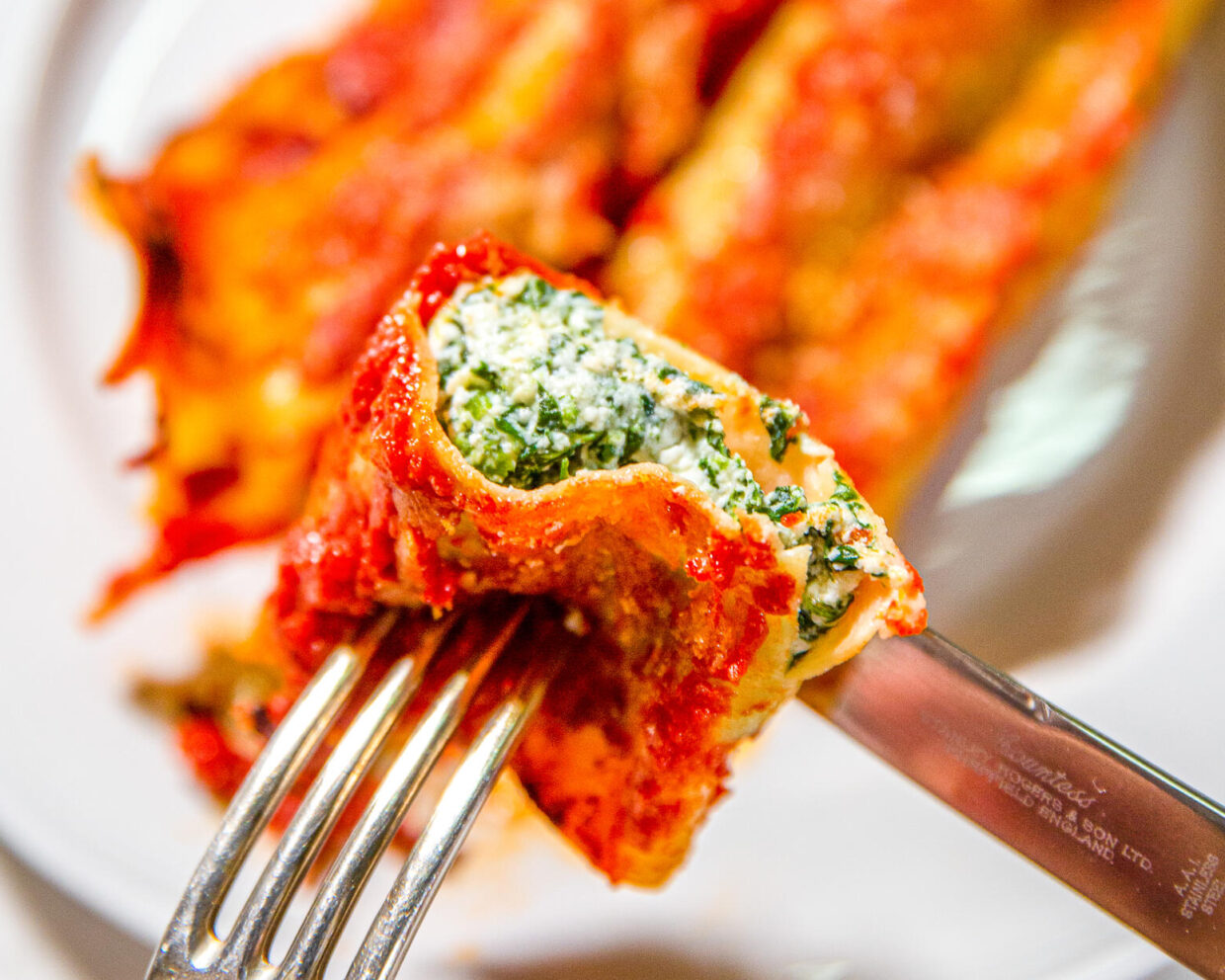
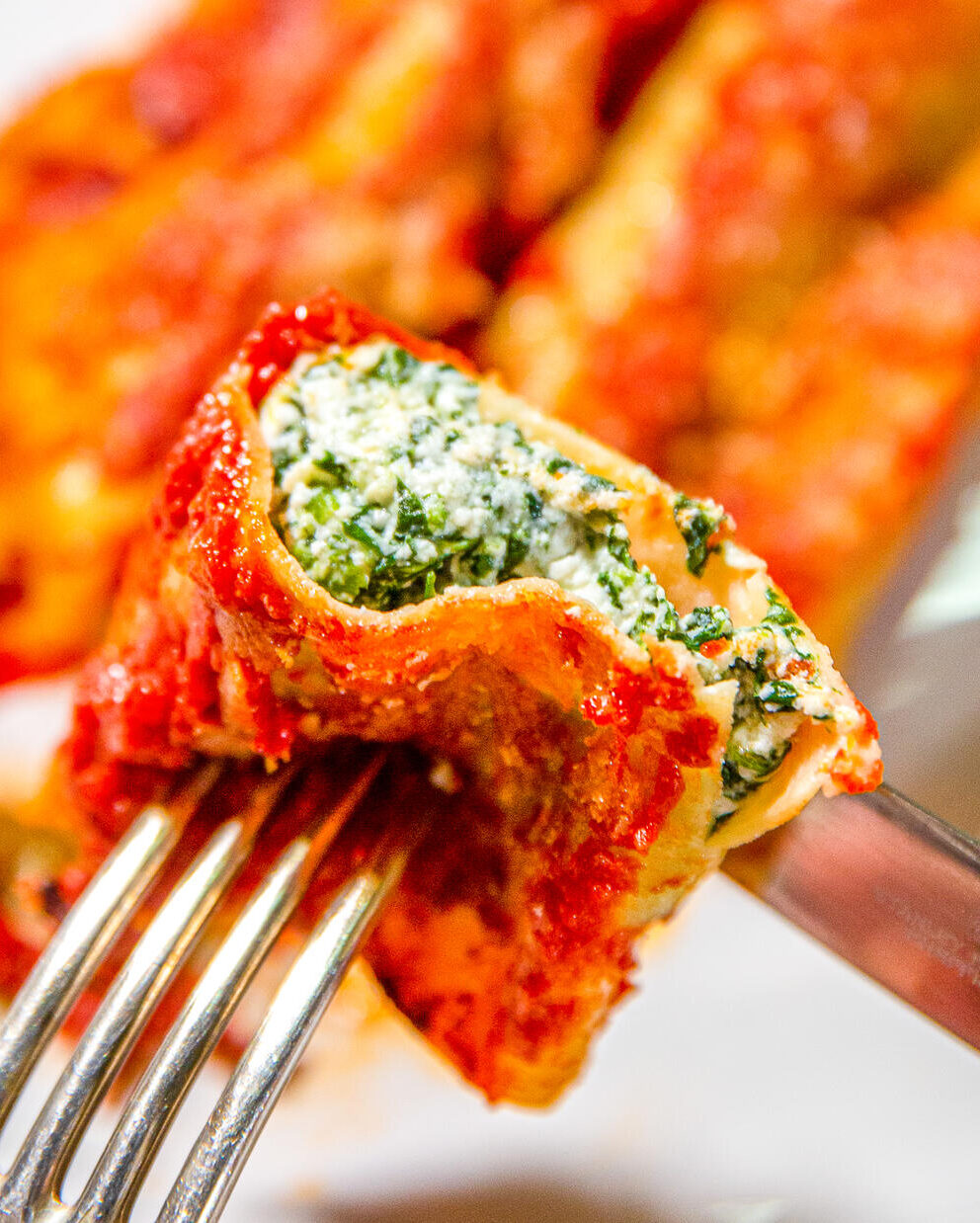
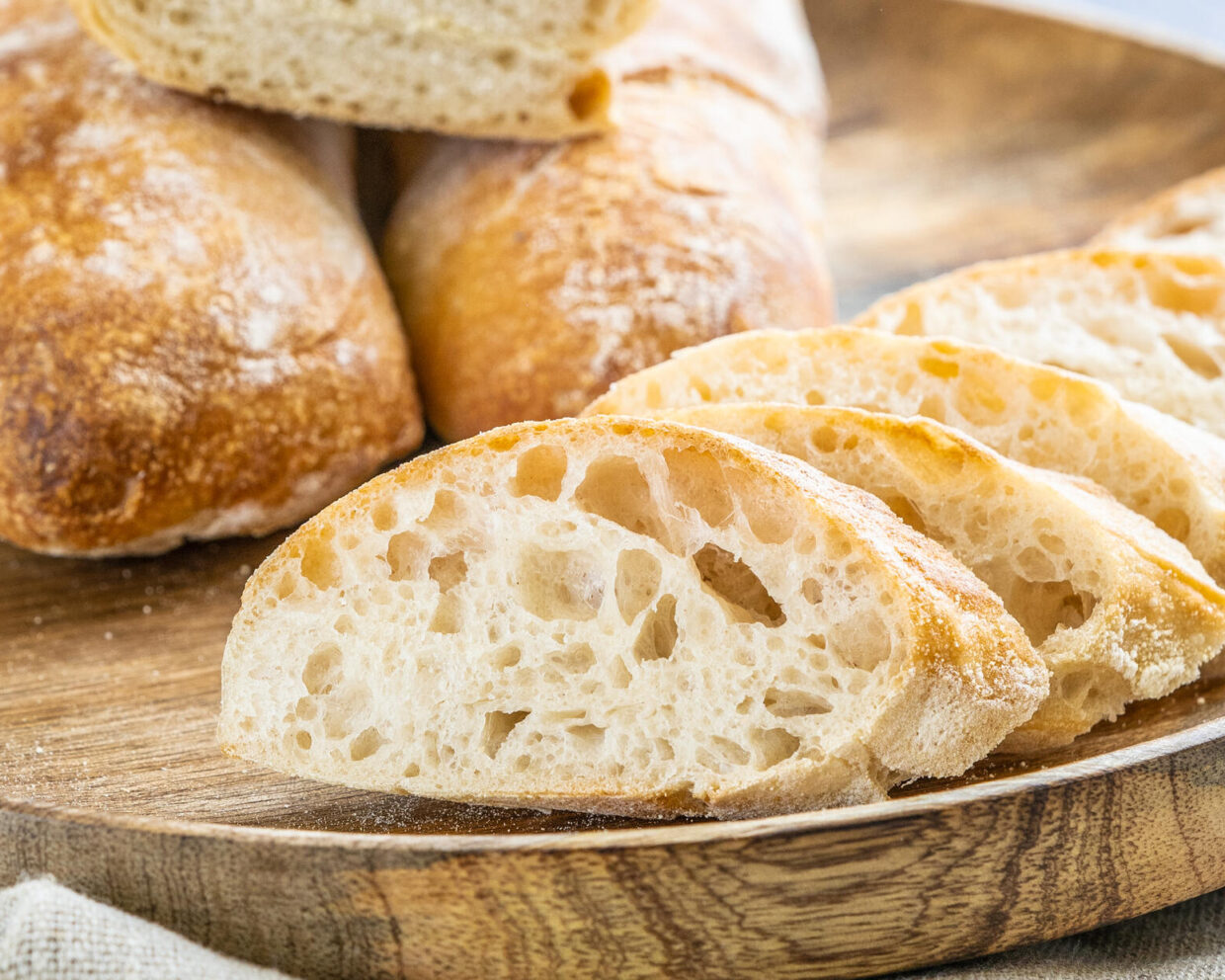
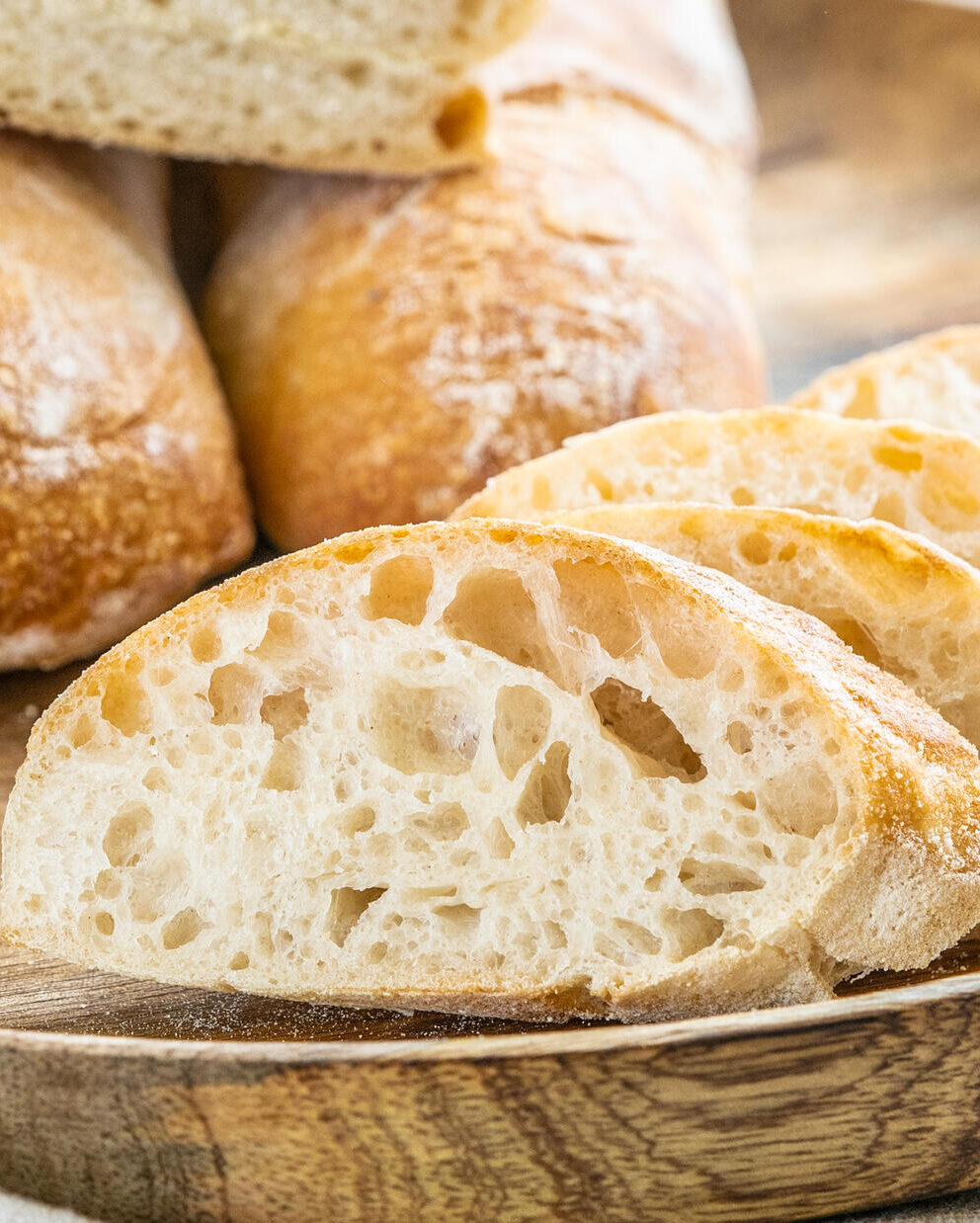
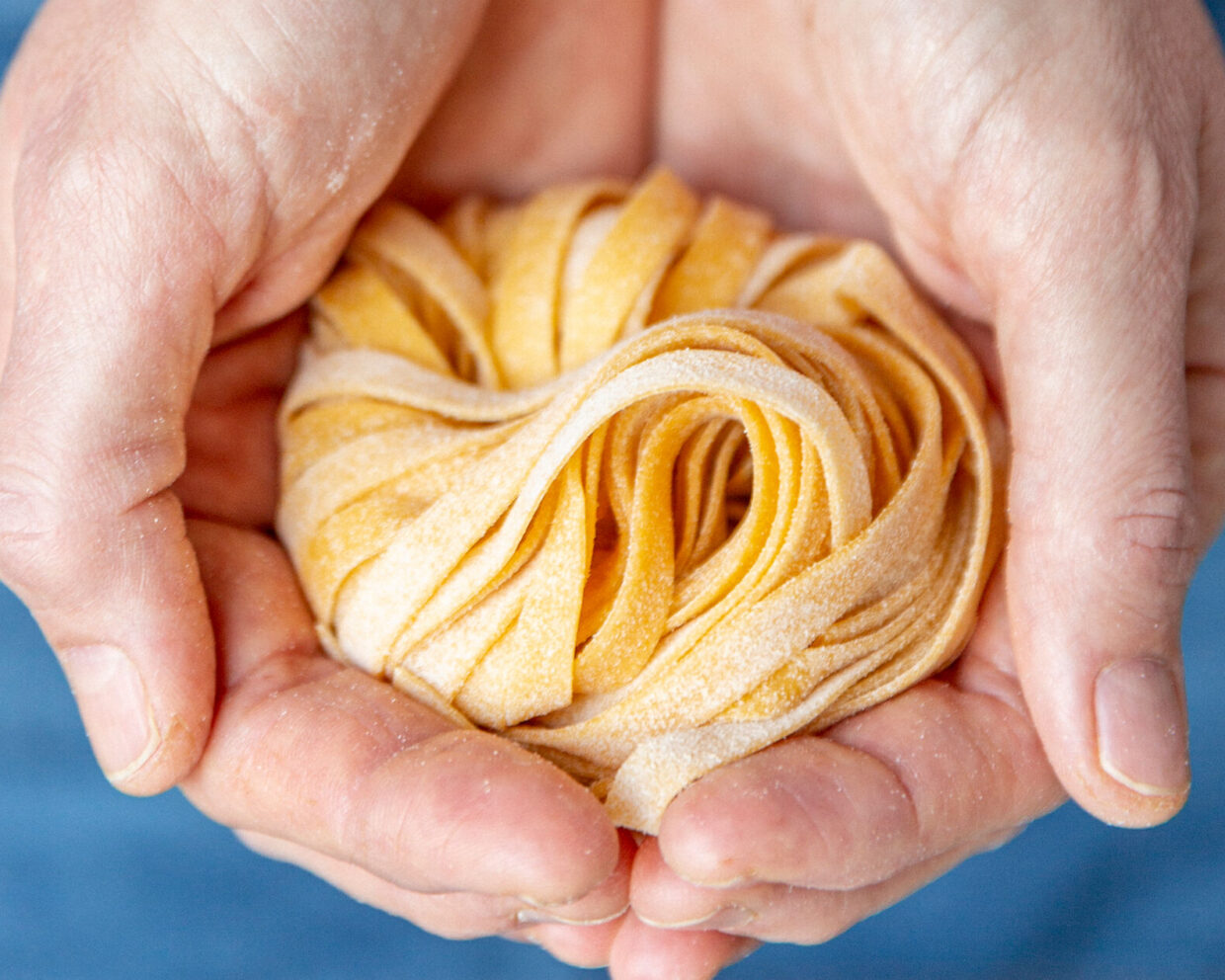
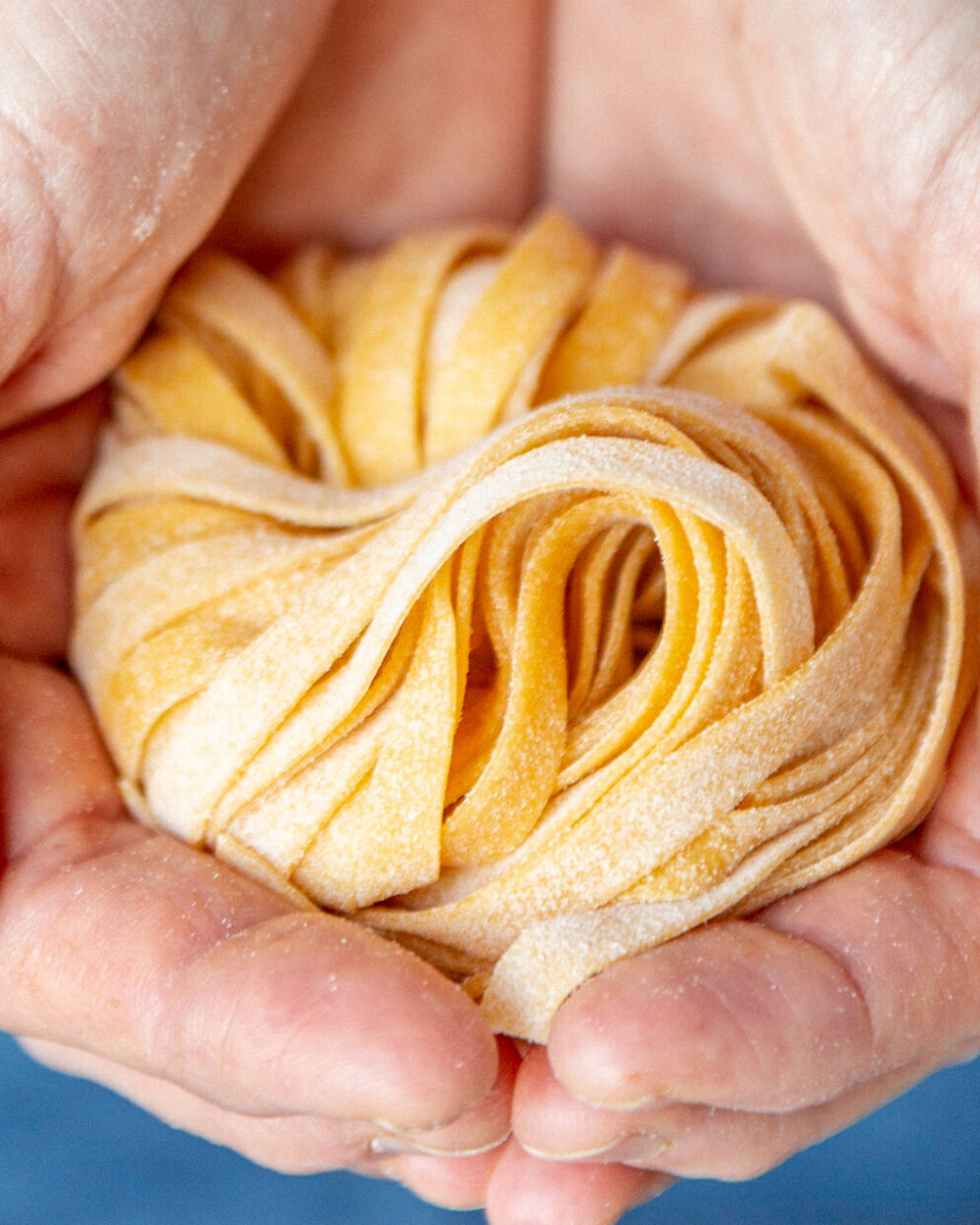
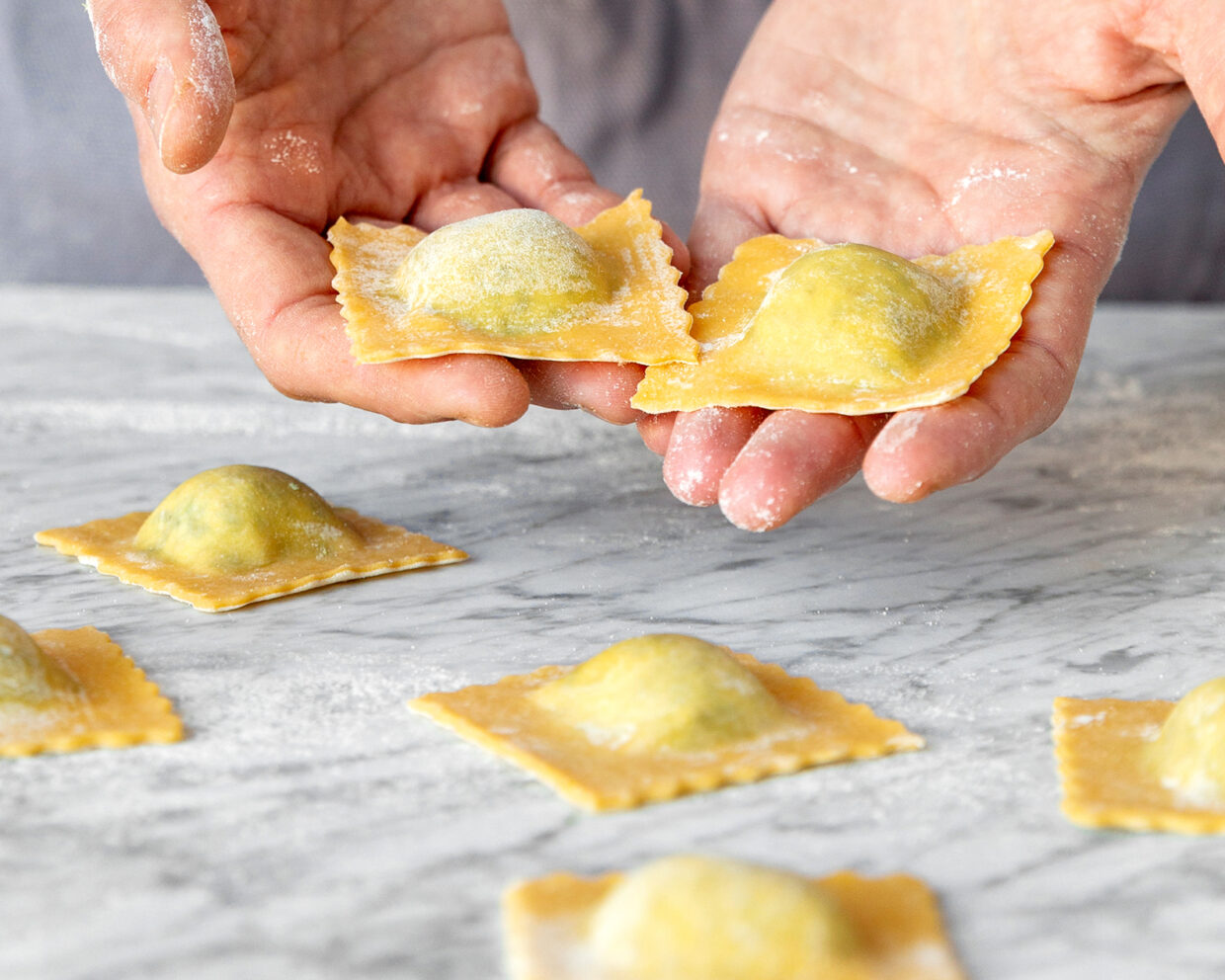
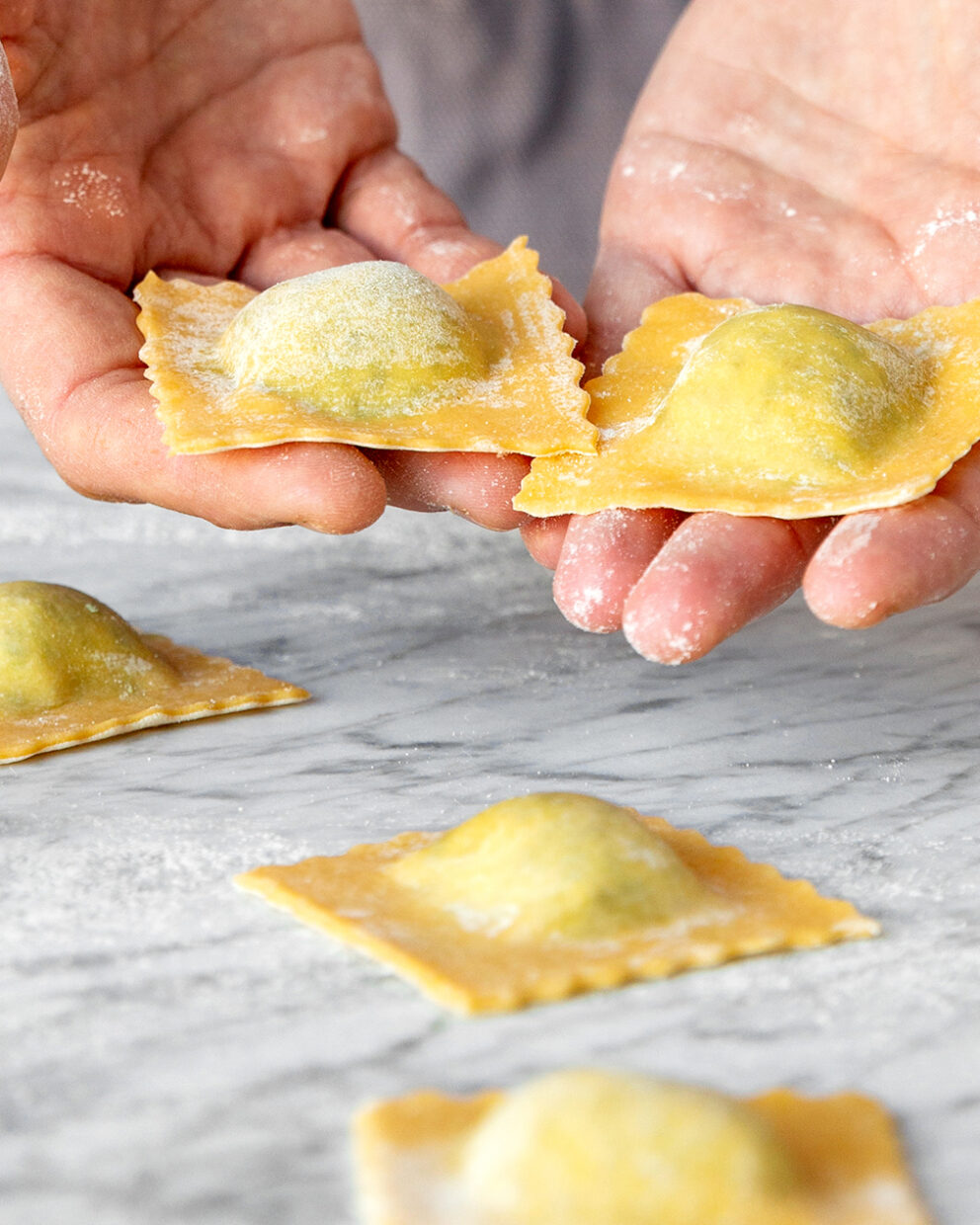
Want to share your thoughts? We're excited to hear what you think of the article. Tell us about your ideas, tips or questions! Leave a comment and share your knowledge with the community. Your opinion counts.
Write a comment